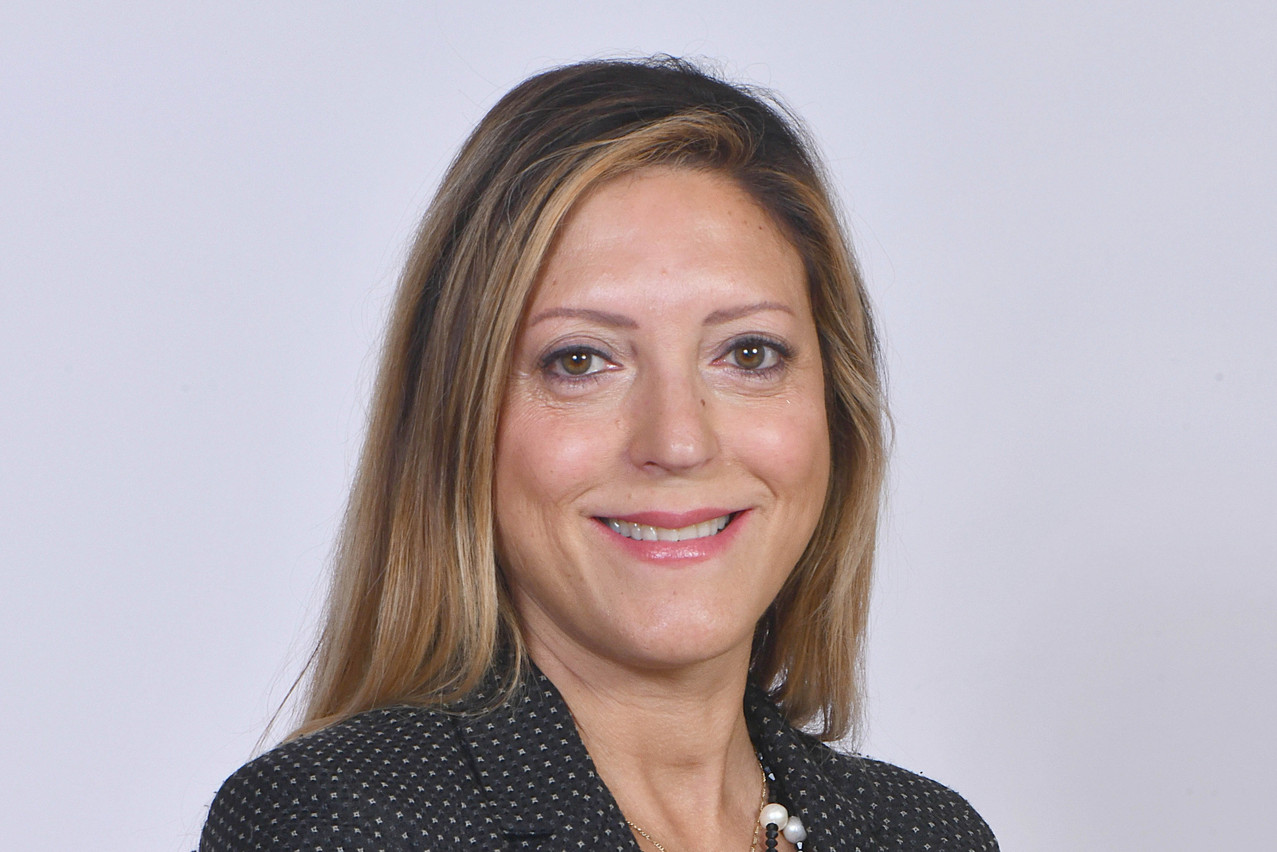The pan-European long-life infrastructure investor Marguerite, where Pilar Gomez is head of ESG, has made “a very conscious decision” to move towards the sustainable and digital transition through its investment projects, focusing, for instance, on recycling projects and sustainable transport instead of waste incineration and airports.
This approach “is something that is picked up by the whole industry, especially in Europe.” Europe’s headstart in sustainable infrastructure investments is, according to Gomez, “what is driving the appetite of investors to find opportunities to invest in that contribute to sustainable economic growth but also provide environmental protection.”
Among her firm’s clients, sustainability has become a top priority. The notion has moved from being trendy to becoming criteria in the field, notes Gomez.
ESG data collection--a struggle?
Though infrastructure funds can be careful in selecting the sectors that they target, it’s important to look for “assets that contribute the most to ESG goals,” and to understand the associated risks before closing an investment, advises Gomez.
But as there are many ESG frameworks to take inspiration from--Marguerite uses the UN’s Sustainable Development Goals, for example--it is also necessary to go beyond permits and laws and “make sure that morally, our investments are welcome.”
Another hurdle to look out for is the collection and verification of data. “ESG data is something that we, as an infrastructure fund, need to collect from our portfolio companies,” acknowledges Gomez. Therefore, staying up to date with the ever-changing world of ESG data and regulation and passing down to portfolio companies all their ESG requirements for data collection is crucial.
Though “it’s true that sometimes it’s not easy to obtain this data.”Gomez recommends implementing a strong internal process, although external firms can help analyse and interpret the information received from portfolio companies. “There are also service providers that have developed tools specifically to tackle these deficits and challenges. These helps infrastructure funds almost with scripts of all the questions they need to collect the right data.”
Importance of a robust framework
A sustainable infrastructure fund is therefore only as strong as its ESG framework. It’s crucial to ensure that funds have “a very systematic framework and approach to ESG--starting from a very robust ESG policy and procedure that guide you on how to do investments,” says Gomez.
But it can’t just be the head of ESG that’s on the lookout for potential risks. Instead, a solid strategy requires a lot of internal training to build up the necessary skills to allow “the whole investment team [to be] aware of [the framework] and understand how to identify the best opportunities that score the highest on ESG,” she explains.
An informed team combined with a solid policy will quite naturally allow infrastructure funds “to provide good quality ESG reporting easily.” But “how do you know if you’re doing it right? Believe it or not: financial performance of an asset is a metric that will tell you. If you run into trouble with the local communities or authorities, it’s eventually going to have an impact […] on your valuation,” concludes Gomez.
